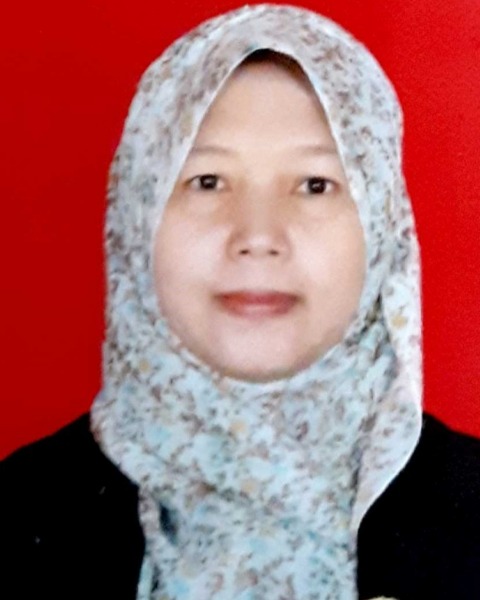Back

Objectives: Stunting and anemia are prevalent among under-two years old. Household food insecurity can affect suboptimal complementary feeding and has been associated with growth faltering and anemia. However, an inadequate association exists between food security, complementary feeding, and nutritional status. The study investigated the relationship of household food insecurity with complementary feeding practices and the incidence of stunting and anemia among children under two years in rural Indonesia
Methods: A community-based cross-sectional study was conducted among 300 randomly selected children aged 6-23 months in rural West Madura. Indonesia. A structured questionnaire collected information on the following socio-demographic characteristics; household food insecurity was measured using the Household Food Insecurity Access Scale (HFIAS) and infant and child feeding (IYCF) indicators.
Results: Nearly 65.3% of households were food insecure. The prevalence of anemia was 46.7% and stunting 34.7% among children aged 6-23 months. Prevalence stunting and anemia were higher among children in HH food insecure than in HH food secure, 36.2%, and 48.5% compared with 31.7% and 43.3%. Prevalence wasting and stunting was higher among children aged 12.0-23.0 months than children aged 6.0-11.9 months, 39.5%, 20.2%, and 40.8% compared with 18.2%, 15.6%, and 16.9%, respectively. Meanwhile, the prevalence of anemia was higher among children aged 6.0-11.9 months than children aged 12.0-23.9 months. Most children aged 6-23 months have poor complementary feeding practices with 72.7% infants have introduced of first complementary food less than six months of old; 58.7% not meeting minimum meal frequency, 75.3% not meeting minimum dietary diversity, 90.7% not meeting acceptable diet. There was no significant difference of four keys poor complementary food both age group and incidence of underweight, wasting, stunting, and anemia.
Conclusions: Complementary feeding is a poor and low-quality diet and has a high prevalence of stunting and anemia. A challenge is improving complementary food through behavior change communication and fortified complementary food intervention
Funding Sources: We would like to acknowledge the funding the research (grant IN 246) provided by Neys-Van Hoogstraten Foundation.
Nutritional Epidemiology
(PO22-42-22) Household Food Insecurity, Inappropriate Complementary Feeding, and Associated With High Stunting and Anemia Among Children Aged 6–23 Months, in Madura Rural, Indonesia


Nurul Muslihah
– Senior Lecturer, Universitas Brawijaya, Malang, Jawa Timur, Indonesia- CS
Catur Saptaning Wilujeng
– Universitas Brawijaya - TS
Titis Sari Kusuma
– Universitas Brawijaya
Presenting Author(s)
Co-Author(s)
Disclosure(s):
Nurul Muslihah: No relevant financial relationship(s) with ineligible companies to disclose.
Objectives: Stunting and anemia are prevalent among under-two years old. Household food insecurity can affect suboptimal complementary feeding and has been associated with growth faltering and anemia. However, an inadequate association exists between food security, complementary feeding, and nutritional status. The study investigated the relationship of household food insecurity with complementary feeding practices and the incidence of stunting and anemia among children under two years in rural Indonesia
Methods: A community-based cross-sectional study was conducted among 300 randomly selected children aged 6-23 months in rural West Madura. Indonesia. A structured questionnaire collected information on the following socio-demographic characteristics; household food insecurity was measured using the Household Food Insecurity Access Scale (HFIAS) and infant and child feeding (IYCF) indicators.
Results: Nearly 65.3% of households were food insecure. The prevalence of anemia was 46.7% and stunting 34.7% among children aged 6-23 months. Prevalence stunting and anemia were higher among children in HH food insecure than in HH food secure, 36.2%, and 48.5% compared with 31.7% and 43.3%. Prevalence wasting and stunting was higher among children aged 12.0-23.0 months than children aged 6.0-11.9 months, 39.5%, 20.2%, and 40.8% compared with 18.2%, 15.6%, and 16.9%, respectively. Meanwhile, the prevalence of anemia was higher among children aged 6.0-11.9 months than children aged 12.0-23.9 months. Most children aged 6-23 months have poor complementary feeding practices with 72.7% infants have introduced of first complementary food less than six months of old; 58.7% not meeting minimum meal frequency, 75.3% not meeting minimum dietary diversity, 90.7% not meeting acceptable diet. There was no significant difference of four keys poor complementary food both age group and incidence of underweight, wasting, stunting, and anemia.
Conclusions: Complementary feeding is a poor and low-quality diet and has a high prevalence of stunting and anemia. A challenge is improving complementary food through behavior change communication and fortified complementary food intervention
Funding Sources: We would like to acknowledge the funding the research (grant IN 246) provided by Neys-Van Hoogstraten Foundation.

.png)
